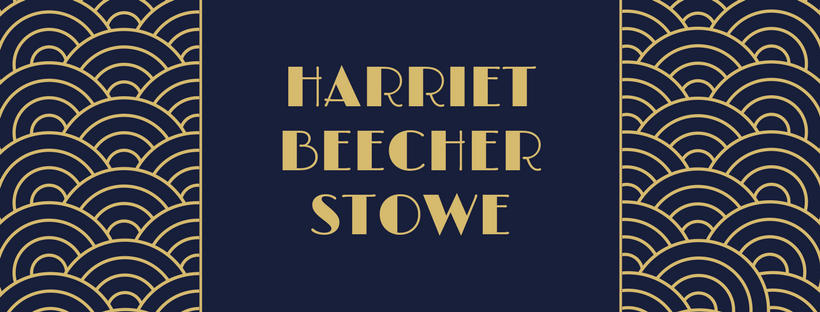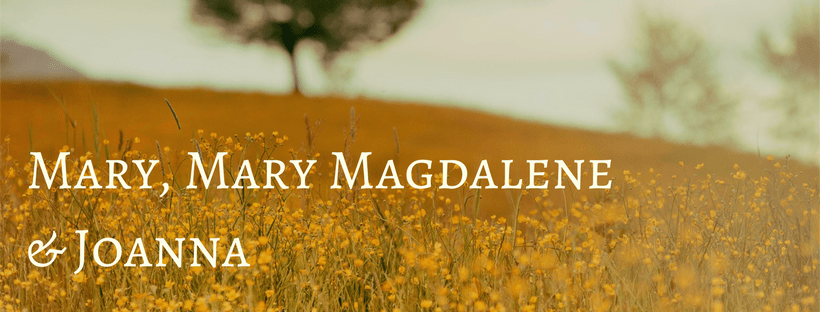Every now and then, someone stands up and does something in the name of Christ that makes a huge difference. Here are a few women who positively influenced the course of Christian history that we think you should know about.

Where: United States
When: 1897-1980
Family: Dorothy was one of five children, and her parents were nominal Christians who rarely attended church. In 1925 Dorothy fell in love with atheist and biologist Forster Batterham, but her growing determination to be married in the Catholic church and have their daughter baptised Catholic led to the breakdown of her relationship.
Illegal activity: Dorothy first went to jail as a young woman protesting for women’s suffrage outside the White House during World War I and was even locked up in her 70s for picketing with farm workers.
Most famous for: In 1933 Dorothy and Peter Maurin, a French immigrant and former Christian Brother who had a vision for a society constructed of gospel values, co-founded the Catholic Worker newspaper which spawned a movement of houses of hospitality and farming communes across the United States and overseas. Today, there are more than 200 Catholic Worker communities across the US and 28 overseas, including Australia.
Best quote: “I have long since come to believe that people never mean half of what they say, and that it is best to disregard their talk and judge only their actions.”
Where: Holland (Netherlands)
When: 1892-1983
Family: Cornelia “Corrie” was the youngest child of a working class family. She had a sister, Betsie, who died in Ravensbrück concentration camp.
Illegal activity: Corrie and Betsie hid Jews and political refugees in their home in Holland during World War II, behind a false wall in Corrie’s bedroom. It’s estimated that hundreds of Jews and resistance workers were hidden with Corrie and Betsie during WWII – some estimates are over 800 people.
“You can never learn that Christ is all you need, until Christ is all you have.” – Corrie Ten Boom
Most famous for: Corrie told the story of her family members and their World War II work in the best-selling book, The Hiding Place in 1971. Corrie’s home was raided by the Nazis in 1944, after a tip-off that the household was hiding Jews. Corrie and her sister were ultimately sent to the infamous Ravensbrück concentration camp, which was exclusively for women. Betsie died in Ravensbrück, but Corrie was released only days later. The reason for her release has never been made clear, cited as a “clerical error”. A week after her release, all of the female prisoners from her age group were killed. After the war, Corrie set up a rehabilitation centre for concentration camp survivors. She travelled the world as a public speaker, talking about reconciliation and forgiveness.
Best quote: “You can never learn that Christ is all you need, until Christ is all you have.”
Where: Italy
When: Her date of birth is unknown, but Fabiola died in 399AD
Family: Fabiola was born into a wealthy Roman family. She divorced her first husband for his licentiousness and then remarried (although, as she did this while her first husband lived, it was not considered a lawful marriage). She did not have children.
Most famous for: Upon the death of her husband, Fabiola voluntarily renounced all the world had to offer and entered a life of Christian asceticism and charity. On Easter Saturday she appeared in plain dress and submitted to penance, after which the Bishop of Rome formally received her back into the faith. Fabiola used her extensive resources to build a large hospital in Rome. Many who were afflicted with illnesses and diseases were brought to her, and she attended them personally, carrying them, bathing their sores and moistening the lips of the dying. She also gave large sums of money to churches and religious communities in Rome and across Italy.
Best quote: St Jerome wrote of Fabiola: “Even Rome was not wide enough for her pity. Either in her own person or else through the agency of reverend and trustworthy men she went from island to island and carried her bounty not only round the Etruscan Sea, but throughout the district of the Volsci [in modern day southern Lazio].”
Where: United States
When: 1811-1896
Family: Harriet was the daughter of Calvinist preacher Lyman Beecher. She married Calvin Ellis Stowe in 1836, and they had seven children.
Illegal activity: The Stowes supported the Underground Railroad, a network of secret routes and safe houses used by African-American slaves to escape into free states and even Canada. The couple temporarily housed several fugitive slaves in their own home.
“Until it seems that you cannot hold on for a minute longer, never give up then, for that is just the place and time when the tide will turn.” – Harriet Beecher Stowe
Most famous for: Harriet wrote popular novel Uncle Tom’s Cabin – first published in serialised form in 1951, and the next year published as a book – a story that depicts the harsh conditions for enslaved African Americans, particularly in the South. The story goes that Stowe had a vision of a dying slave that led her to write the book, which dwells on the evil of slavery, and how Christianity is fundamentally incompatible with it. It quickly became a bestseller and captured the national imagination, even as it outraged people in the American South. Christians fell on both sides of this divide.
Best quote: “When you get into a tight place and everything goes against you until it seems that you cannot hold on for a minute longer, never give up then, for that is just the place and time when the tide will turn.”
Where: Australia
When: 1868-1949
Family: Amy is a descendent of the first chaplain to the Australian colonies, Samuel Marsden, and early explorer John Oxley. In 1902 Amy married George Wilkinson, an English missionary to China. They had two children.
Illegal activity: Amy decided to go as a missionary to China during a time when Christianity and missionary activity was opposed by certain factions within the Chinese government. It wasn’t technically illegal to be a missionary, but in the lead-up to her departure news had broken of Australian missionaries being brutally murdered in places close to where she was heading.
Most famous for: Amy founded the Blind Boys School in Fuzhou, in southeastern China’s Fujian province in 1898. By mid-1900, the school expanded to accommodate 100 boys. In 1920, Amy was honoured with the Order of the Golden Grain, a special medal for good works. It was the highest honour that could be conferred in China on a foreigner, and it had been awarded to a Westerner only once before.
Best quote: “Going to a village one day, I stumbled across a helpless blind boy cowering in a ditch. He told me his father had wanted to kill him but seeing I was coming, had left him for me … To be blind is a terrible thing. To be blind of poor Chinese parentage is still more terrible. My sympathy was drawn out as I thought about them being blind of God’s beauteous world around and blind of Heaven’s own light!”
Where: Israel
When: 33AD
Family: Mary is called the mother of James in John 24:10, but as James was Jesus’ brother, she was also the mother of Jesus himself.
“I have seen the Lord!” – Mary Magdalene
Most famous for: Mary, Mary Magdalene and Joanna were the first people to see Jesus after he was raised from the dead, according to Luke’s gospel. John only identifies Mary Magdalene as being there, while Matthew identifies Mary and Mary Magdalene. It is significant that women are the ones who break the news of Jesus’ resurrection to the disciples: In the first century, women were not eligible to testify in a Jewish court of law, just because they were women. Jesus radically affirmed the full dignity of women and the vital value of their witness. It is also a powerful reminder of the historical accuracy of the resurrection account: if the resurrection of Jesus was a “cleverly devised story” (2 Pet 1:16), then women would never have been presented as the first eyewitnesses to the resurrected Jesus.
Best quote: “I have seen the Lord!”










